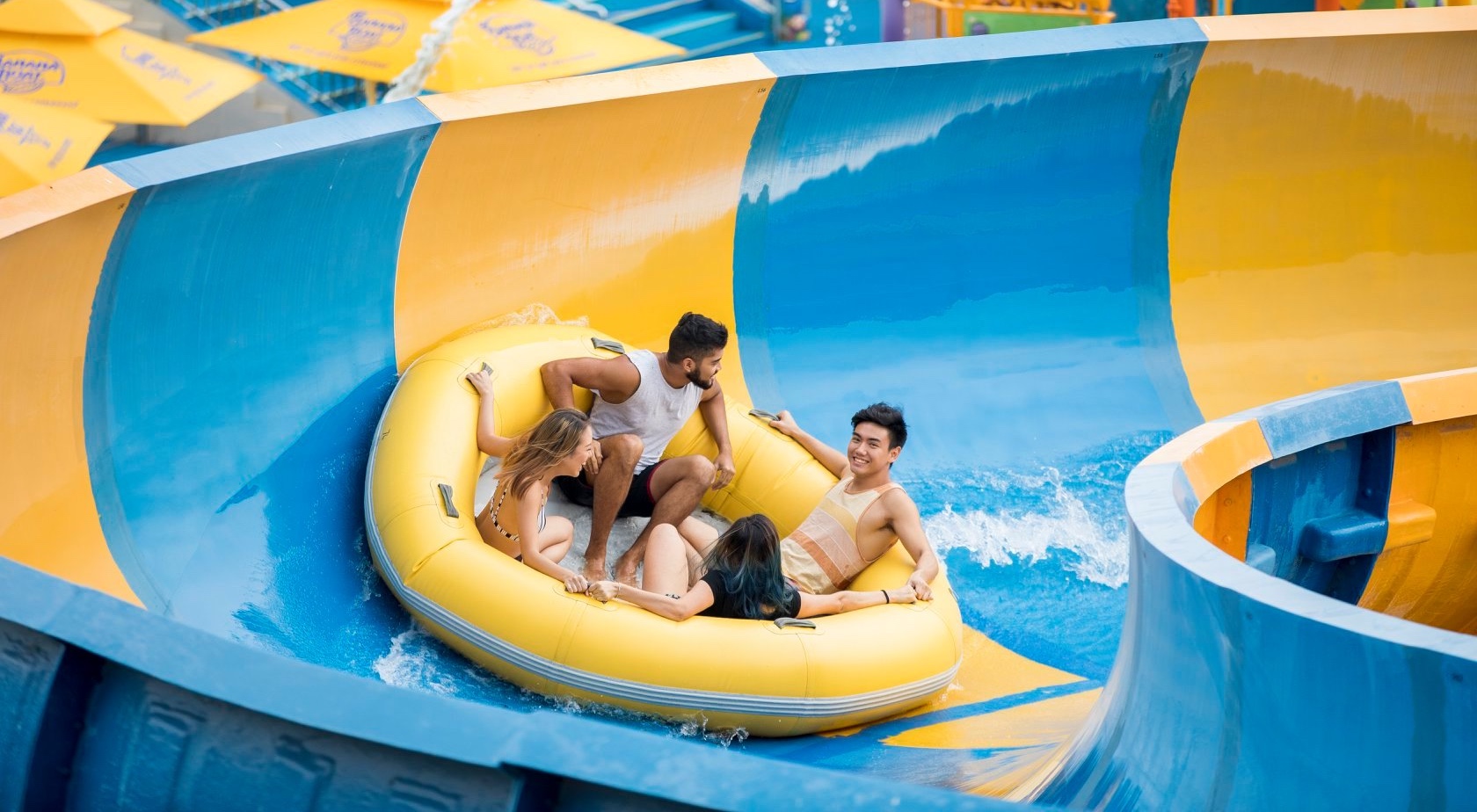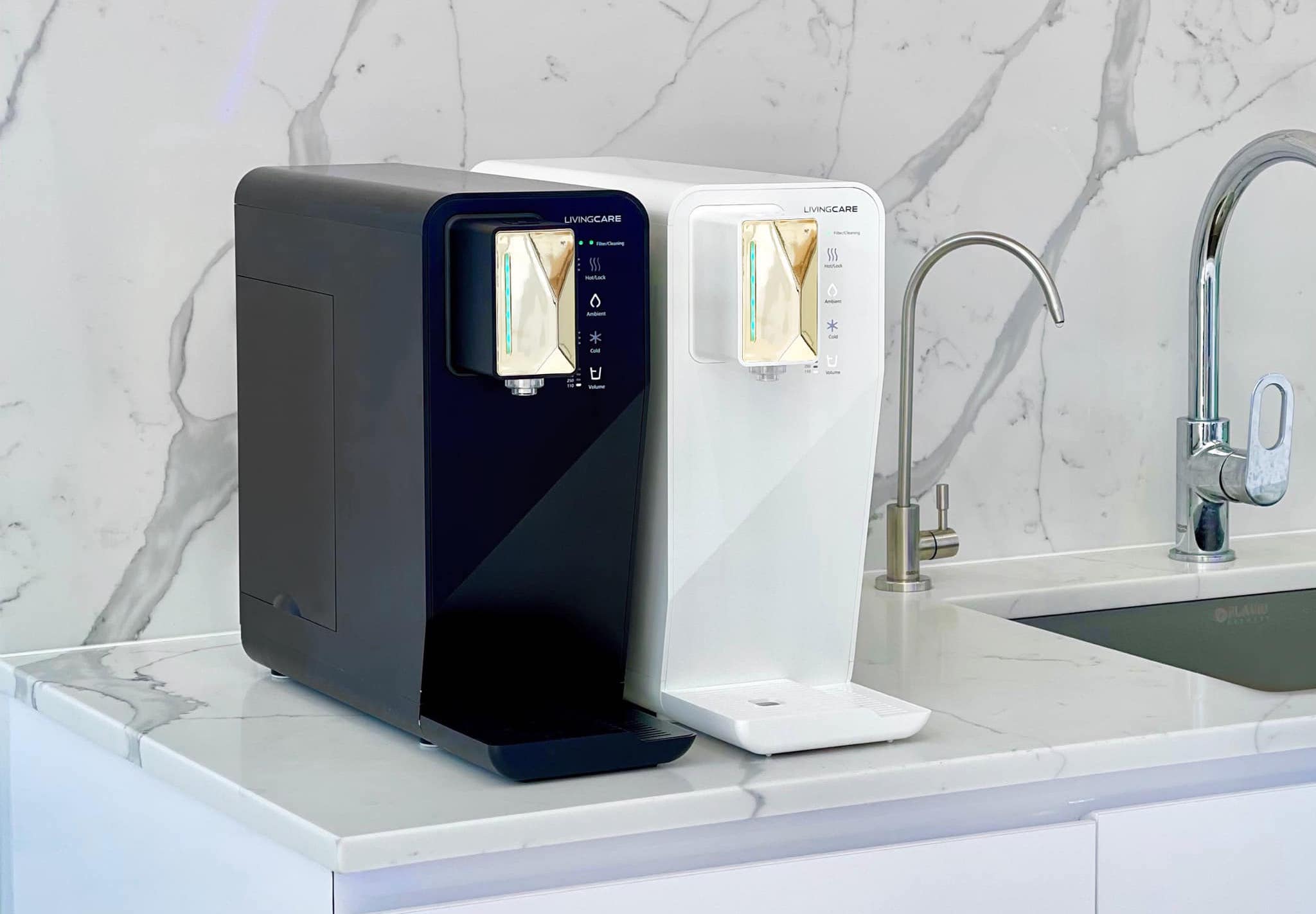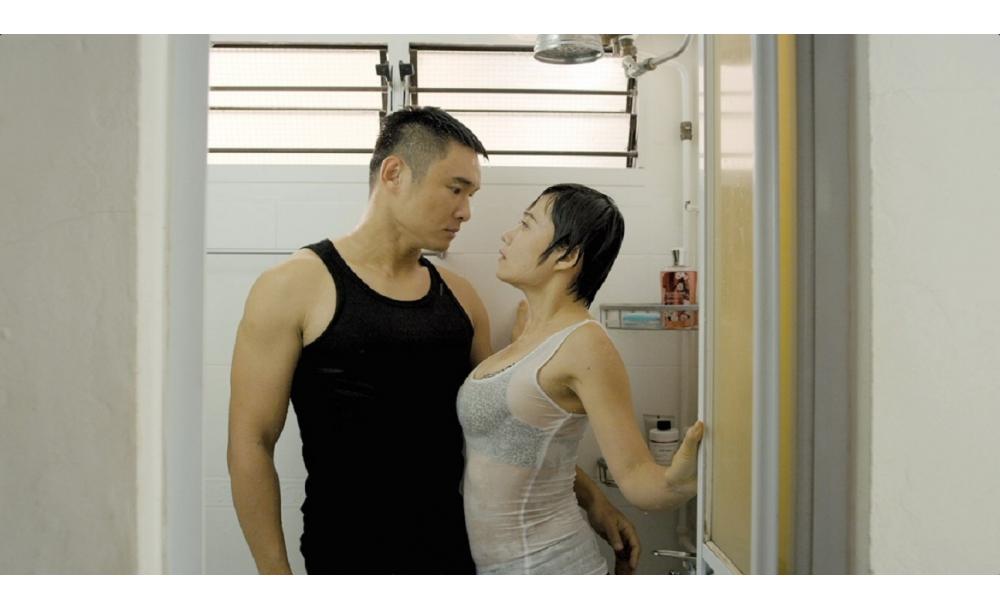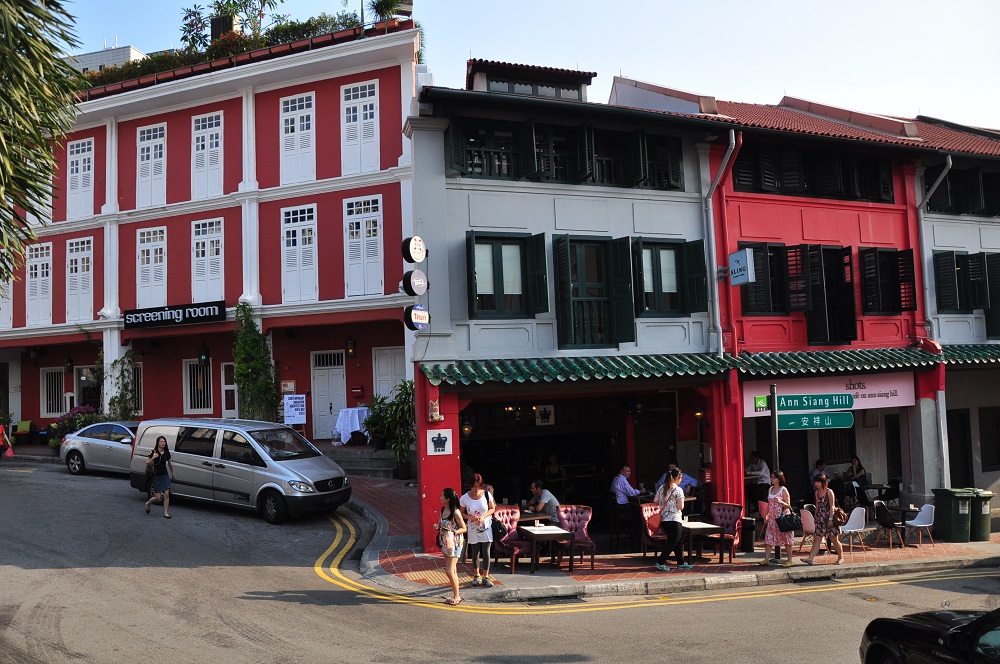The Instagram Master
Aikbeng Chia
Proof that you really only need a phone comes from @aikbengchia. With a following of over 12,000, he takes stunning, intriguing snapshots only with his iPhone and his pictures have been exhibited and published internationally, most recently at the Invisible Photographer Asia (IPA) Gallery for a second solo exhibition in 2012.
Has Instagram changed the way you see things?
No, but Instagram has opened doors for me, like meeting really good photographers from all over the world and providing opportunities to work with brands, corporate companies and non-profit organizations.
How did you get so many followers?
I really have no idea. I’m happy to get the recognition but I don’t let the number validate my work. I mean, it’s just numbers. I’ve seen others with great pictures—better than mine actually—with lesser followers than I have. What’s important is how your photos connect with your audience. You can have hundreds or thousands of followers, but perhaps there’s only a handful who really appreciate, interact and respond to your posts. It’s sad that more people are abusing this trend of “likes” and “followers” on the social media platform for personal and commercial business.
How do you decide which pictures to post?
It depends. Instagram is my visual diary. Sometimes, I post images of an ongoing project, or random things I see on the streets.
What are your favorite filters?
I don’t use any. They are nice, but they don’t suit my photographs. I keep my editing process simple: black-and-white and color with minimal adjustments. My advice is to take it easy on the filters. Filters are great, but if you overuse them it’s going to make your photos look and feel boring. Some filters can work for some photos, but doesn’t mean they’ll work for all.
What apps do you use to take pictures?
My favorite apps are ProCamera and Thirty Six for shooting, and Snapseed for editing.
The Visual Artist
Alecia Neo
Neo’s most notable work, Home Visits, where she captured people in the neighborhood she grew up in, received an Honorable Mention at the 2009 Berenice Abbott Prize and was exhibited in Singapore, China and Thailand. Not one to rest on her laurels, this award-winning photographer continues to keep herself busy with other projects, including Goddess of Mercy, an installation commissed for the M1 Fringe Festival 2012, in which Alecia Neo drew parallels between two families—mothers and sons—and four different faiths.
What defines your art?
A large part of my artistic practice is about exploring the relationships between people, their contexts and their living spaces; reflecting on how our identity is embedded in our possessions and homes. It’s about striking a chord with the audience through common human experiences like alienation, loneliness, dislocation, belonging and the search for self.
What was your most memorable photo shoot?
It was a shoot I did in Baltimore, United States, of an elderly friend whom I got to know at a local cross-dresser club. It was the first time I saw him in men’s clothes. He looked so ordinary and, at that point, I could understand why he dresses as a woman. Before the shoot at his home, he asked me to wait outside the door while he cleared out some space. I finally let myself in after 15 minutes freezing in the cold, only to find the door obstructed with and heaps of trash. There was basically no floor area. It hit me: my friend was a serious hoarder. Later, I found him sitting at his kitchen surrounded by trash, and he said, “Welcome to America.”
What’s your take on mobile digital photography?
It’s great, I love the medium. Apps like Instagram lets you in on a complete stranger and gives a whole new look at your closest friends. Everyone curates an experience for their audience with it. Images reveal so much about people, intentional or not.
What’s coming up next for you?
I’m currently working on a video and photography installation for an upcoming exhibition at ION Art Gallery in September. It’s part of the gallery’s Young Talent Programme in collaboration with the Affordable Art Fair. I began developing this work when I was doing my art residency in Italy last year.
The Veteran
Chris Yap
A prominent figure in the photography circuit, Chris Yap is many things: artist, curator (including for Objectif’s 10 Years of Shooting Home), lecturer, judge for local and international exhibitions and master digital printmaker. His highly conceptual, evocative works, which have been widely exhibited all over the world throughout his career, convey a dense, poetic perspective on nature (one of his passions), relationships and culture.
How do you define a good picture?
It has to be meaningful and evident of what the photographer’s message within the image. It’s almost like the soul of the photograph. A good image should also be creative and stand out from the millions of images created every day. The physical quality of the image also counts, like if it’s meant to be blur, then it should be blur, or if it’s meant to be red, it shouldn’t look orange.
Are there a lot of collectors of photography in Singapore at the moment?
They’re usually foreigners, because I think that people here aren’t attuned to the fact that fine art photographs can cost thousands of dollars. It’s a very old argument, but here, they think that paintings are worth more money than photography because they don’t see the mind, soul and effort behind the work. Our population is inclined to see art as an investment or simply for decorative purposes (they don’t see the story, just the aesthetic). But it’s definitely growing. I have a group of local and Asian collectors that are keen on photography and expanding their repertoire.
What do you think of the local photography scene?
Well, I think Asian photographers should have an Asian perspective. I’m not saying that they should shoot Asian stuff but rather approaching with their own backgrounds. Many (though not all) local photographers are not authentic enough—like they are trying to be somebody else. I hope that they can be more involved in growing a pool of supporters who believe in their honesty.
Where do you recommend people to go see good photography?
Objectifs, which puts out good exhibitions.
Which Singaporean photographer do you like?
I love Ernest Goh’s work. One up-and-coming name is Alecia Neo.
Any tips for aspiring photographers?
Most importantly, get yourself a camera you’re most comfortable with. Take lots of pictures, then stop, look back and think of what you’ve shot and why you shoot the images in the first place. Over time, you should shoot less and less because you’ll know what you exactly want and what you’re looking for.
The Emerging Talent
May Lin Le Goff
One of the privileged few to be awarded the Tierney Family Foundation Fellowship Award in New York, May Lin Le Goff (www.maylinlegoff.com) doesn’t just compose and snap. The up-and-coming often integrates painstakingly hand-made collages in her work, adding a hefty dose of complexity and irreverence to two-dimensional pictures.
Why fashion photography?
I have a profound appreciation for personal identity. Growing up in Singapore as a child of a French father and a Chinese mother, I felt a perpetual sense of displacement, like I was straddling two opposing worlds and couldn’t find my place in either. It took me a long time to establish a personal identity that I was comfortable with and fashion played significant role in that. I realized that it was an avenue of self-expression that was also completely autonomous.
What’s your photography style?
Pop art and Dada combined with some Rauschenberg. I’m obsessed with Color-ism, Fun-ism, Unusual-ism, and a whole bunch of other isms. But just not Serious-ism, that’s of the worst kind. I deconstruct, reconstruct and create entirely new environments for my subjects. I tend to move away from the simple pictorial representation of model and clothing, working instead within the sculptural realm to introduce a third dimension to flat two dimensional images.
Tell us more about the Fellowship and what you do in New York?
The Tierney Fellowship is a wonderful program that gives aspiring artists like me an opportunity to create and show work. Fellows get a money grant that they can do anything with, like buy art materials and pay for studio space. Then, we get together to put up a show collectively. In New York, I freelance most of the time and try to get my work out there as much as possible. I also assist more established photographers, which is great because I learn so much on the job.
What are your plans after this stint?
Apply for my artist visa and hopefully be able to live in New York a little longer! There is still too much here that I’ve yet to explore and it’s inspiring to live in a city where art and commerce both thrive.
Is there anyone you would give an arm and leg to shoot?
Campaigns for Prada, Miu Miu, Fendi, Gucci or Louis Vuitton, really.





